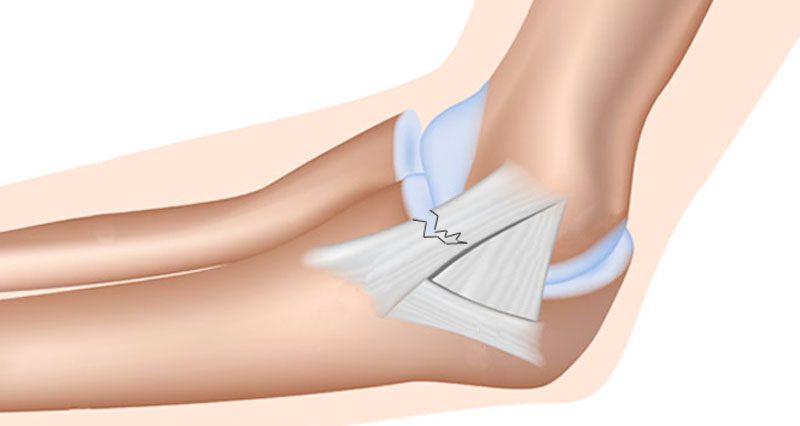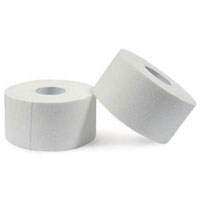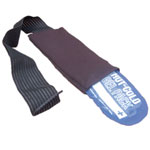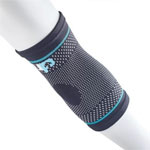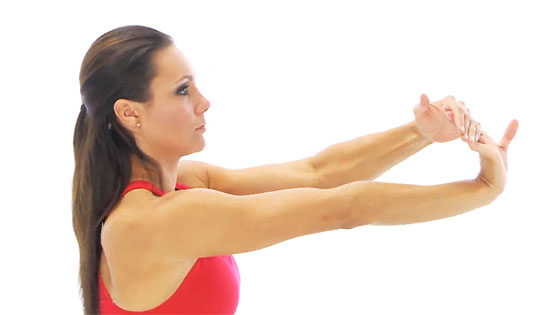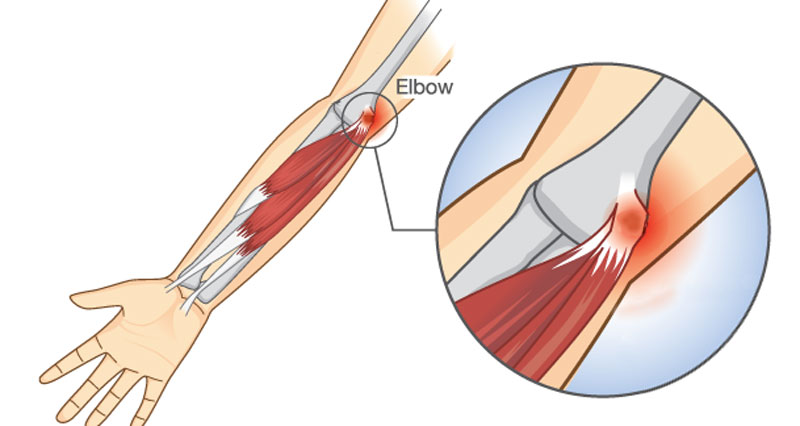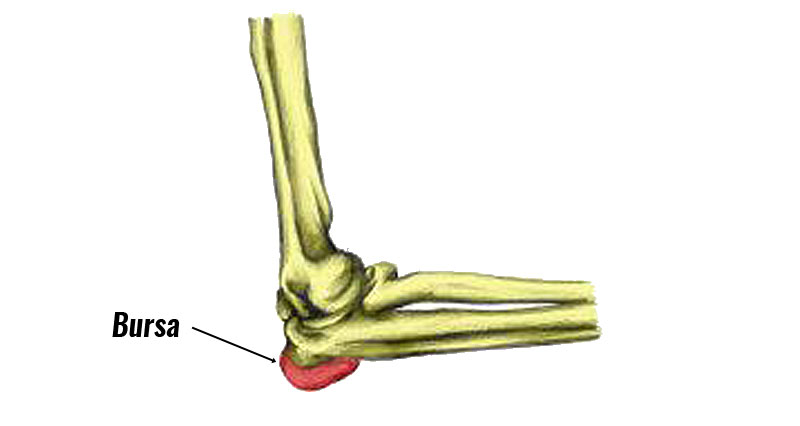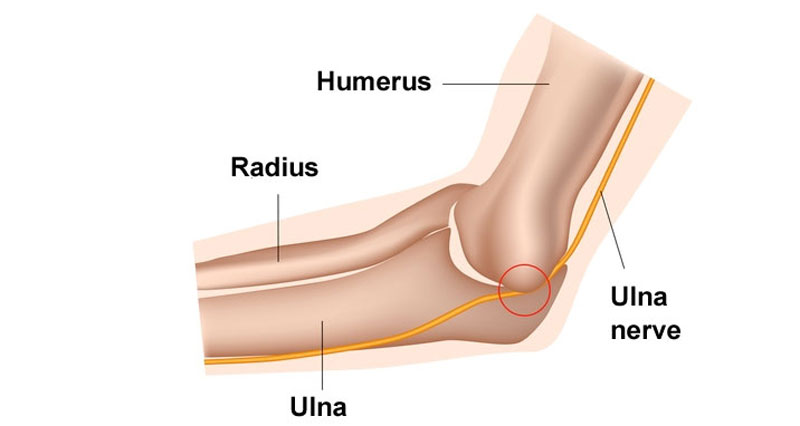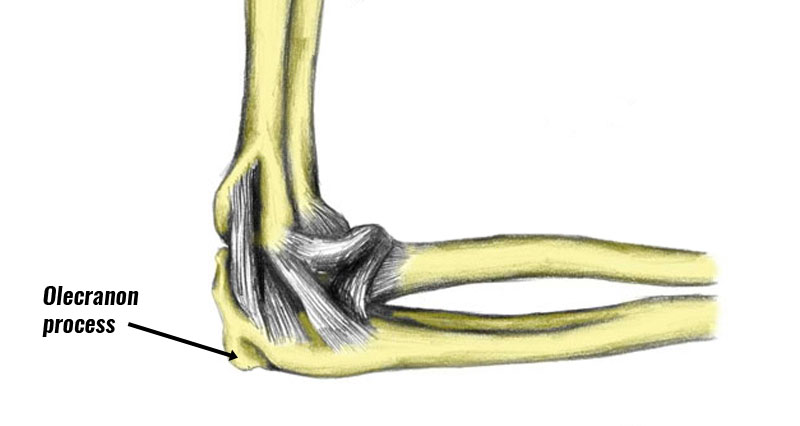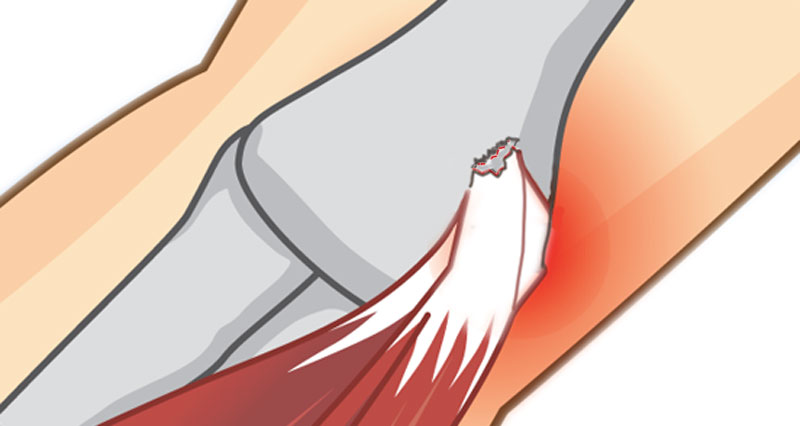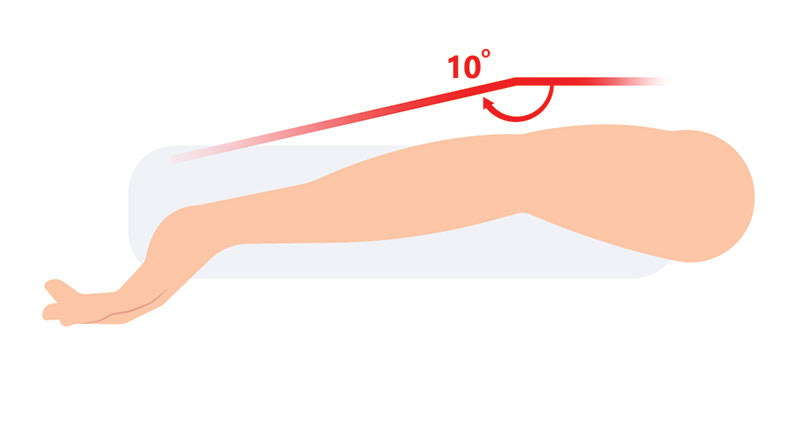The medial collateral ligament (MCL) of the elbow is situated on the inside of the elbow. It helps to provide stability to the joint. The ligament is injured from a sudden traumatic injury, or from repetitive overuse, for example throwing with poor technique.
Symptoms
Symptoms of a medial collateral ligament sprain in the elbow will depend if your injury is acute (sudden onset), or if it has developed over time.
Acute medial elbow ligament sprain symptoms
- Sudden onset pain on the inside of your elbow.
- Rapid swelling and possible bruising develop later.
Chronic medial elbow ligament sprain symptoms
- Chronic injuries will develop gradually over time.
- You will feel pain on the inside of your elbow.
- You will most likely have some local swelling over the painful area.
- It will feel painful and tender when pressing in (palpating) the area of the ligament on the inside of your elbow.
What is a medial elbow ligament sprain?
A medial elbow ligament sprain is a tear or stretch of the ligaments on the inside of the elbow.
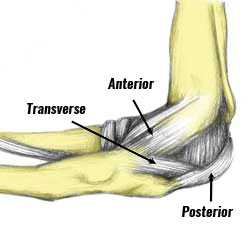
The elbow joint consists of the humerus (upper arm bone), the Ulna, and Radius (forearm bones). These are connected by ligaments that join bone to bone and provide support and stability to the joint.
The ligaments on the inside of the elbow are known as the medial collateral ligaments (MCL) of the elbow and consist of the anterior MCL, the transverse MCL, and the posterior MCL. Muscles produce movement by attaching to the bones via tendons.
Assessment & diagnosis
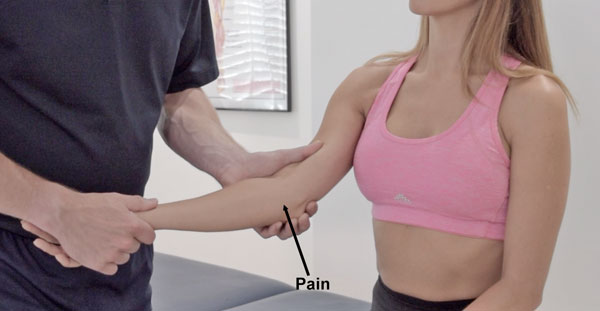
Specific tests to assess the medial elbow ligaments will stress the ligament by stretching it.
This is done by straightening your arm and then applying a sideways force to the forearm. This puts the ligament on the inside of the elbow on a stretch. If pain is reproduced or increased then the test is positive.
Pain may also be felt on rested elbow bending for example as in a bicep curl exercise (elbow flexion).
Causes of a medial elbow ligament sprain?
Medial elbow ligament sprains usually involve a lateral (sideways) force being applied to the forearm. This places the inside of the joint under stress and overstretches the supporting ligaments.
Poor throwing technique
For example, throwing a heavy implement such as a Javelin with a low elbow technique causes large stress forces on the inside of the elbow.
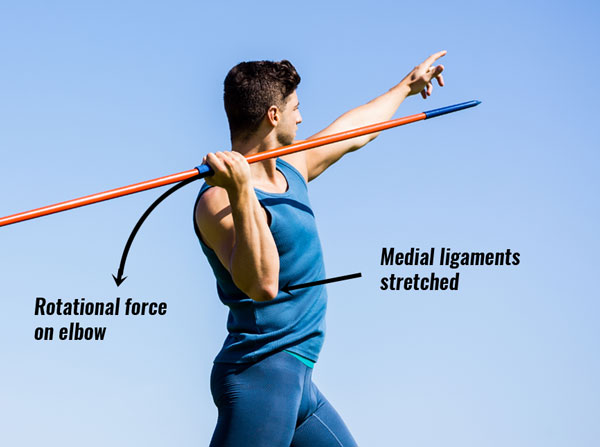
Many beginners (and even one or two elite throwers) like to throw with a ‘low elbow’ technique as the arm can store a lot of energy and propel the implement a long way initially.
However, there is often a price to pay for delivering those forces and the medial elbow ligaments often pay it. Acute ligament sprains may also occur in combat sports such as Judo or Mixed Martial Arts.
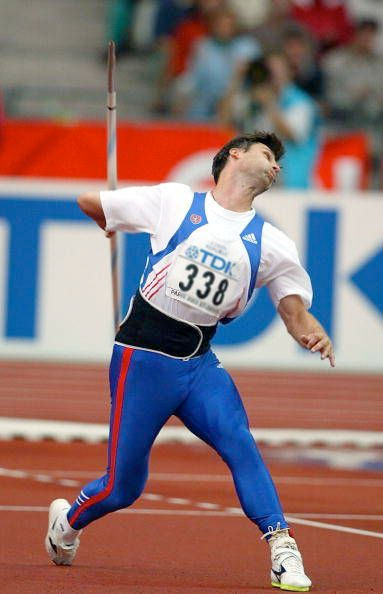
Overuse injuries of the MCL may also occur with repeated throwing of a lighter object such as a baseball. Over time the small repetitive forces add up and eventually the ligaments tear or stretch.
Treatment for medial elbow ligament sprains
What can the athlete do?
The initial treatment is to apply the PRICE principles of protection, rest, ice, compression, and elevation.
Rest – from all activities which stress the elbow, or increase symptoms. For mild injuries, this may mean a short rest period and if caught early enough simply modifying the technique to avoid stressing the ligaments may be enough. However, for more long-term chronic injuries or severe acute injuries, complete rest may be necessary.
Apply ice – or cold therapy to reduce pain and inflammation. Do not apply ice directly to the skin as it may cause an ice burn. Wrap in a wet tea towel, or use a commercially available cold therapy wrap that can apply compression to the joint as well.
Compression – will help reduce swelling, and support and protect the joint. Wear an elbow brace or support to protect the area from further injury whilst healing.
Identify causes – it is particularly important to identify causes such as poor technique and overtraining. This is because simply returning to old habits will cause the injury to recur.
What can a professional do?
Electrotherapy – a professional therapist may use Ultrasound therapy or other forms of electrotherapy to help relieve pain and swelling, or tape the elbow joint to protect the ligaments.
Sports massage – may be helpful after the acute stage, especially friction techniques to break down/realign scar tissue and increase blood flow.
Surgery – may be performed to reconstruct the ligaments in particularly severe cases, however, this is a very last resort as results are not often good.
Taping & bracing – if the ligaments have been overstretched then this could result in long-term joint laxity. Therefore it may be necessary to wear a strong elbow support or strap to protect the elbow ligaments. Sports taping will provide the most support but it does not last as the tape itself stretches slightly within a couple of hours or so depending on the kind of activities done.
Exercises
When pain allows, mobility and strengthening exercises for the elbow can begin.
